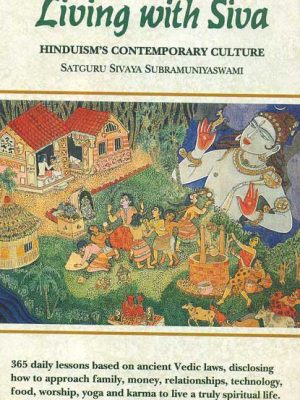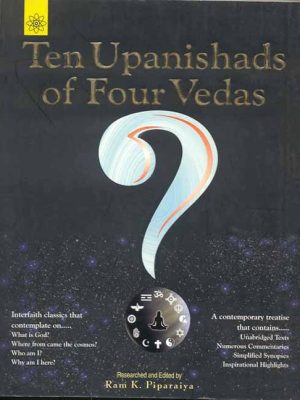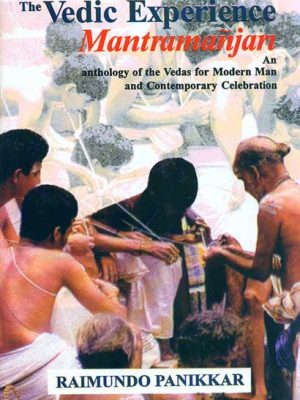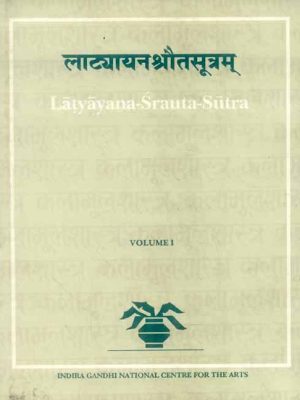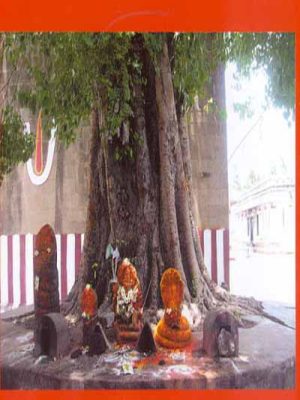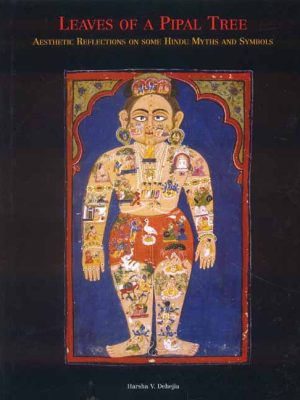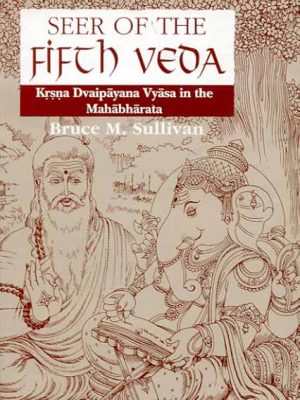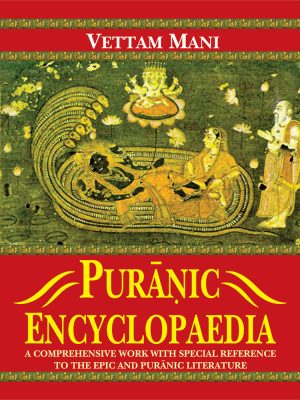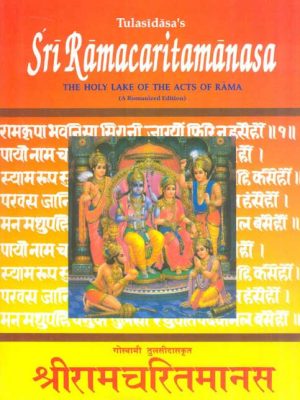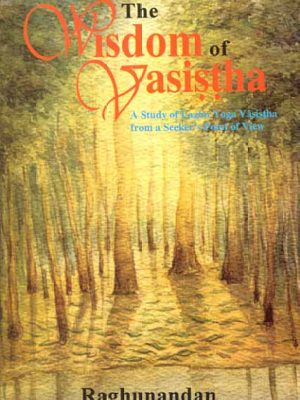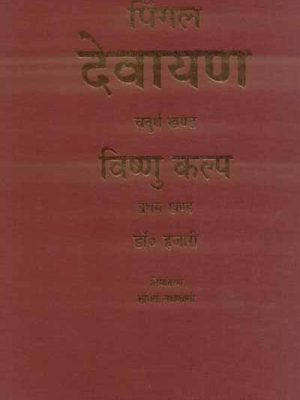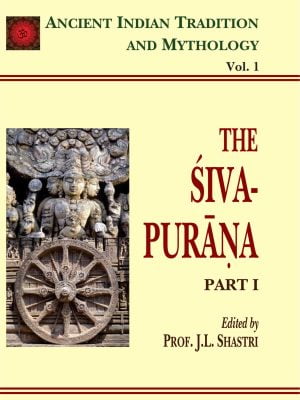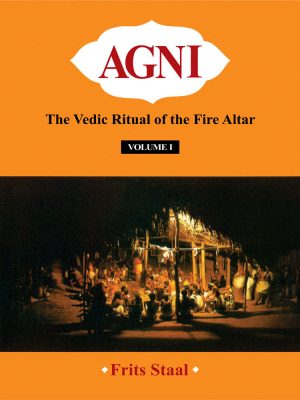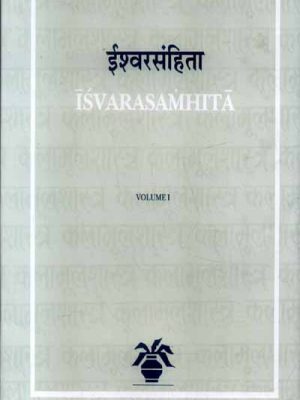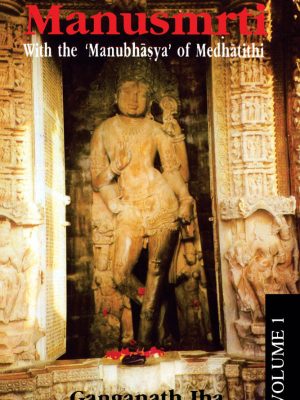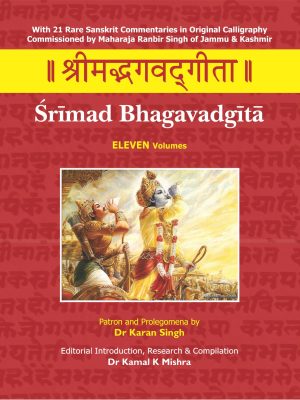Hinduism and Its Sources
-
Living with Siva: Hinduism’s Contemporary Culture
Living with Siva: Hinduism’s Contemporary Culture
365 daily teachings that are founded on ancient Vedic rules and disclose how to handle family, money, relationships, technology, food, worship, yoga, and karma in order to live a really spiritual existence.
The Complete Master Course Series
This book contains some information that has never been published before and all of it is vital to your own awakening on the road to uniting with God. You will discover these profound truths and insights of Indian spirituality inside its pages. Dancing with Siva is the first book of a unique trilogy that is collectively referred to as The Master Course. It represents the culmination of fifty years of yogic realisations and the sharing of the Hindu mystical teachings with aspirants. The trilogy is a comprehensive overview of astanga yoga, which is also known as raja yoga. Astanga yoga is comprised of eight distinct stages, each of which is reliant upon the step that came before it. These eight processes are known as yama (restraint), niyama (observance), asana (posture), pranayama (breath control), pratyahara (sense withdrawal), dharana (concentration), dhyana (meditation), and samadhi (intense concentration) (contemplation).
The trilogy elucidates, in clear and concise words, why one must start at the beginning, with a solid foundation consisting of philosophical coherence and moral excellence, and then progress from there. The book “Dancing with Siva” explains the philosophical and Vedic-Agamic ideas, attitudes, and expectations that are central to the Saivite school of Hinduism.
The second book in the trilogy is titled Living with Siva, and it delves into the Saivite way of life, as well as its culture, family dynamics, character development, and the overpowering of negative routines. If emphasises yama and niyama, in addition to pranayama and asana, although to a lesser extent (hatha yoga).
Merging with Siva is the third book in the trilogy, and it covers steps five, six, and seven. These steps lead to step eight, which is the deeper realisations, samadhis, yogic experiences, and mystical encounters, such as the inner light and nada-nadi sakti, all of which we begin to experience once we learn how to dance with Siva and how to live with Siva. Merging with Siva can be purchased here. The yogic and metaphysical experiences that are detailed in Merging with Siva come about spontaneously and may be maintained if one first has a strong foundation of knowledge.
Author
₹1,795.00 -
Ten Upanishads Of Four Vedas
Ten Upanishads Of Four Vedas
Ten Upanishads Of Four Vedas,Ram K.Piparaiya: A modern treatise that includes whole texts, extensive commentaries, condensed summaries, and pivotal points of inspiration. This book is a valuable compilation of the original Upanishadic writings as well as commentaries on those works. Classic works from a variety of faiths that provoke thought on. Who is God, exactly? Where did everything in the universe come from? Just who am I? Why am I in this place?
The Upanishads provide a chronicle of the human mind’s early voyages into the realm of the unknown via contemplation.
At the very least, a few centuries separated many of the nameless searchers from famous teachers and prophets such as Lao-Tzu, Confucius, Socrates, Zoroaster, Buddha, Mahavira, Abraham, and Jesus. Among the anonymous seekers were those who came before them.
In the Upanishads, the link between man, God, and the universe is illustrated via a variety of intriguing tales and metaphors.
Aphorisms are short sayings that pack a lot of wisdom into a little amount of space.
The sheer sight of Upanishads texts on a bookshelf is enough to evoke contemplation of wisdom after just a few moments of reading them.
About the Author(s)
Shri Ram Piparaiya
₹2,000.00Ten Upanishads Of Four Vedas
₹2,000.00 -
The Vedic Experience Mantramanjari: An Anthology of the Vedas for Modern Man and Contemporary Celebration
The Vedic Experience Mantramanjari: An Anthology of the Vedas for Modern Man and Contemporary Celebration
The Vedic Experience Mantramanjari: An Anthology of the Vedas for Modern Man and Contemporary Celebration. One of the most stupendous manifestations of the Spirit is undoubtedly that which has been handed down to us under the generic name of the Vedas. The Vedas are still too much neglected not only in the world at large but also in their country of origin. this Vedic anthology will make direct and fruitful knowledge of the Vedas available to a wider range of people than the small elite of pandits and Indologists.
This anthology collects the most crucial texts of the Indian Sacred Scriptures–in all more than 500–newly translated into contemporary English. Dr. Panikkar’s principle has been to select and place together texts so as to offer a selection of texts that cover the full range of ‘The Vedic Experience’ and at the same time to show how they manifest the universal rhythms of nature, history, and Man. Excerpts are taken from the oldest hymns, such as the Rig Veda; from the Brahmanas, the Aranyakas, or “Forest Treatises,” and finally the Upanishads, which represent the mystical and philosophical culmination of the Vedas.
This is a book for meditation, for reading, public and private, as well as for thorough study at this wellspring of human wisdom. It should, moreover, facilitate that meeting of East and West so long desired and delayed, and now so imperative
Author
Raimundo Panikkar
₹2,000.00 -
Latyayana Srauta Sutra (3 Vols.)
Latyayana Srauta Sutra (3 Vols.)
The Srauta Sutras are an essential part of the larger body of literature known as the Sutras. They are known for distilling the substance of the Vedic scriptures known as the Samhitas and the Brahmanas into a condensed form, which helps to reinforce India’s long-standing custom of offering sacrifices. The Yajurveda and the Samaveda, as well as the Rgveda, which is known to have developed a variety of recensions with differences in utterance and practise, are also important to the sacrificial tradition in India, which is widely known to be based primarily on the Rgveda, which is the oldest book that was written by humans.
₹2,200.00Latyayana Srauta Sutra (3 Vols.)
₹2,200.00 -
Gods Beyond Temples
Gods Beyond Temples
The holy is more of an experience than an idea in the Indian tradition, and it extends well beyond the confined spaces of an organised temple or even a shrine. The adherents of this religion, much like the gods of this tradition, are humble and unassuming, yet at the same time dignified and certain of themselves. Whether it be a tree that is revered or a naturally occurring stone that is revered, a river that is the embodiment of divinity itself, an ancestor that is worshipped, a fabric that is simply draped, a road side shrine on a busy street or a votive terracotta horse that was lovingly made and offered, a narrative scroll that holds its audience spell-bound; here is religion at work that is as spontaneous as it is intemperate. The rites and practises performed in honour of these deities are neither written nor canonised; nonetheless, whatever they may lack in grandeur, erudition, and formality, they more than make up for in the faith and passion that they inspire in those who participate in them. These sacred manifestations and expressions of the ordinary people have a tendency to be sidelined or dismissed by academics as well as the world at large, as minor or lesser gods worthy of curiosity but not of serious study. However, it is important to keep in mind that they have a beauty and presence of their own in the pluralistic Indian tradition.
About
HARSHA V. DEHEJIA
About the Author(s)
HARSHA V. DEHEJIA has a double doctorate, one in Medicine and the other in Ancient Indian Culture both from Bombay University, in India. His first two books, The Advaita of Art and Parvatidarpana have been acclaimed.
₹2,500.00Gods Beyond Temples
₹2,500.00 -
Leaves of A Pipal Tree: Aesthetic Reflections on some Hindu Myths and Symbols
Leaves of A Pipal Tree: Aesthetic Reflections on some Hindu Myths and Symbols
India is a civilisation of many images, a culture of many visual feasts, a tradition where the visible and the palpable are as important as the oral and the occurrent, where our highest truths are embodied in our kathas and gathas our songs and stories, where our temples are not only places of worship but equally a gallery of beautiful forms and figures where myth is as important as doctrine, where ancient memories are full of cherished narratives where mythic beings are reimagined
Author
HARSHA V. DEHEJIA
About the Author(s)
HARSHA V. DEHEJIA has a double doctorate, one in Medicine and the other in Ancient Indian Culture both from Bombay University, in India. His first two books, The Advaita of Art and Parvatidarpana have been acclaimed.
₹2,500.00 -
Seer of the Fifth Veda: (Krsna Dvaipayana Vyasa in the Mahabharat)
Seer of the Fifth Veda: (Krsna Dvaipayana Vyasa in the Mahabharat)
Sage Krsna Dvaipayana Vyasa is generally considered to be the author of India’s most famous epic poem, the Mahabharat, which is written in the Sanskrit language. This research focuses on the portrayal of Vyasa in the Mahabharata, where he plays a significant role in the story that he is credited with writing. The many viewpoints presented in other works of literature, such as plays, Jataka stories, Arthasastra, and Puranas, contribute to an enlargement of the meaning that may be derived from Vyasa’s writings.
Author
BRUCE M. SULLIVAN
₹2,690.00 -
Tulasidasa’s Sri Ramacaritamanasa: The Holy Lake of the Acts of Rama (A Romanized Edition)
Tulasidasa’s Sri Ramacaritamanasa: The Holy Lake of the Acts of Rama (A Romanized Edition)
The SHRI RAMACHARITAMANASA by Tulasidasa is the single most popular book among Hindus. This book has a huge appeal to the affluent and the poor, the learned and the uneducated, the elderly and the young, and the scholar and the ordinary man. It has done so for over four centuries. This one-of-a-kind version of the Ramacharitamanasa, which also includes the original text written by Tulasidasa as well as verse-by-verse translations into Hindi and English, was created with the goal of satisfying the growing interest that people have in epic literature. The translation that was done by a skilled academic does the original work justice in terms of its inherent depth and complexity. It has been crafted with the intention of being of help to Indian brothers and sisters who now reside outside of India and for whom Tulasidasa’s original may have been written in a dialect that was difficult to understand. A regular and genuine copy of the Ramacharitamanasa has been in high demand among the enormous Indian population that has relocated outside of India for a significant amount of time. This particular version is distinguished by the incorporation of Lavakushakanda, Shri Hanumanchalisa, and Shri Ramashalaka Prashnavali as one of its key features. Special care has been taken for making it useful to the Indian brethren living abroad to whom the dialect of Tulsidasa’s original may be somewhat incomprehensible. There has been a long-standing demand from the vast Indian community settled abroad for a standard and authentic edition of the Ramacharitamanasa
This version is based on our very first publication of Shriramacharitamanasa, which came out in 1988 and received widespread praise.
The current edition, which has been produced to fulfil their need by using the most up-to-date printing and processing processes, has been created to conform to the worldwide standard for works of literature.
The manner in which it is to be recited is detailed in an appendix that is presented on its own. The fact that book has key sections written by Indian, European, and American experts is another factor that contributes to its one-of-a-kind character.
comments on Tulasidasa’s Ramacharitamanasa. At the very end, you will find a dictionary that defines significant epithets and proper nouns.
Author
DR. R. C. PRASAD
₹3,000.00 -
The Wisdom of Vasistha: A Study on Laghu Yoga Vasistha from a Seeker’s point of view
The Wisdom of Vasistha: A Study on Laghu Yoga Vasistha from a Seeker’s point of view
Yogavasistha or Yogavasistha Maharamayana has been a guide book to earnest Sadhakas, all over the country. The popularity of this book appears to be due to the fact, that it is a happy combination of terse Upanisadic thought clothed in the story form. The Wisdom of Vasistha: A Study on Laghu Yoga Vasistha from a Seeker’s point of view A scripture becomes relevant, when it gives the truths of the Upanisads, using a common man’s language with illustrative stories, helps a beginner as well as an advanced seeker. It is believed by some that Sage Valmiki wrote the Ramayana for the purification of mind and to create a mood of seeking in the society. It is well known, that the story of Sri Rama, gives an exemplary ethical and moral behaviour in an individual, and a glimpse into the ideal culture, through the description of Ayodhya. For only on a strong ethical and moral foundation can one hope to build the super-structure of spirituality. Attempt has been made to cover all the stories in six Prakaranas. This book is a study by a seeker, and an attempt to present the philosophy, and practical hints contained in the book, to fellow seekers who are not very familiar with Sanskrit. It is essentially meant for inspiring the seekers to take up the study of the original text, which is a mine of practical wisdom. The essays contained herein, are glimpses into the meditations on the golden verses and their connection and relevance in our day-to-day life. Consequently, the interpretation and the perspective is not really meant for scholastic pursuits.
Author
Raghunandan
₹3,000.00 -
Pingal Devayan (Vol. 4): Vishnu Kalpa (Vol. 1)
Pingal Devayan (Vol. 4): Vishnu Kalpa (Vol. 1)
The Milinda Panha is a notable piece of Buddhist literature that was most likely produced in the first century before the common era. There is solid explanation for this. It offers Buddhist philosophy in a style that is exceedingly appealing and easy to remember in the form of a conversation between a Bactrian Greek monarch named Milinda, who plays the role of the “Devil’s Advocate,” and a Buddhist teacher named Nagasena. The majority of the issues that are often posed by Westerners are addressed, such as “If there is no soul, what is it that is reborn?” and “If there is no soul, who is talking to you now?” The themes that are discussed encompass most of these concerns. This masterwork of Buddhist literature is presented in a manner more suitable for modern readers thanks to this abridgement. The introduction provides a summary of the historical context in which the discussions took place, highlighting the collision of two significant cultures: that of ancient Greece, on the one hand, and the Buddhism of the Indus valley, which was a legacy left by the great Emperor Asoka, on the other. It is intended that the readers would be encouraged to read more from the translations of the Pali texts by the inclusion of suitable references, a glossary, an index, and a list of Pali quotes.
Author
Dr. Hazari
₹3,000.00 -
Agni (2 Vols.) with 2 CDs: The Vedic Ritual of the Fire Altar
Agni (2 Vols.) with 2 CDs: The Vedic Ritual of the Fire Altar
A consideration of the role of the Agnicayana in the Vedic srauta tradition, its textual loci, traditional and contemporary interpretations of its origins and meaning, and an overview of the Nambudiri Vedic tradition are all included in the first book of Agni: The Vedic Ritual of the Fire Altar. The majority of the book is dedicated to a comprehensive account of the twelve-day performance that took place in 19875. This account was written in close collaboration with C.V. Somayajipad and M.Itti Ravi Nambudiri, and it is lavishly illustrated with tipped-in photographs that are predominantly coloured and almost entirely taken by Adelaide de Menil. There are various images, tables, and maps included inside the text. Both the original Devanagari text and an English translation of the mantras are provided. Archeology, the pre-Vedic Indian background, geometry, ritual vessels, music, Mudras, Mimamsa, a survey of Srauta traditions in recent times, the influence of Vedic ritual in the Homa traditions of Indonesia, Tibet, China, and Japan, and related topics are covered in the second volume, which was edited with the assistance of Pamela MacFarland. This volume contains contributions from an international galaxy of scholars on archaeology, the pre-Vedic Indian background There are also translations of the relevant Srauta Sutras of Baudhayana (together with Calanda’s text) and the Jaiminiya (with Bhavatrata’s commentary) as well as the Kausitaki Brahmana; and there is also a survey of the project along with an inventory of the films and tape recording that was made in 1975.
Author
Frits Stall
₹5,000.00 -
Isvarasamhita (Set of 5 Vols.)
Isvarasamhita (Set of 5 Vols.)
Both Vaikhanasa and Pancaratra are very significant schools of ritual and philosophy that emerged as a direct result of Visnuism’s influence. The Isvarasamhita is an essential piece of literature for followers of the Pancaratra school of Visnuism.
Pancaratra is characterised by a more open and permissive approach, in contrast to Vaikhanasa, which has a character that is relatively archaic and relies more heavily on the Vedic tradition for its repertoire of mantras that are used in religious rites and ceremonies. Pancaratra’s repertoire of mantras can be found here. It has a text tradition that dates back around two thousand years, which has also been the primary basis for the Visistadvaita philosophy that was developed by Ramanuja (between the 11th and 12th centuries). Worship is performed in line with the instructions provided in one of the significant Pancaratra Samhitas at the vast majority of Vaisnava temples located in southern India, particularly in the state of Tamilnadu.
At the Narayanasvami temple in Melkote, a strict adherence to the Isvarasamhita can be seen throughout the daily puja ritual as well as during the many other types of religious celebrations that take place there. This is because the Isvarasamhita is an essential scripture of the Pancaratra School. Given that it is mentioned in Shri Yamunacarya’s Agama Pramanya, we may confidently place it somewhere between the 8th and 9th centuries at the very least. It is said to be a simpler and shorter version of the older sattvatasamhita of this school, which is the earliest available work of Pancaratra and is regarded as one of three ratnas, (Jewels), along with the Pauskara- and Jaya Samhitas. In other words, it is the simplest and shortest version of the older sattvatasamhita of this school. The Isvarasamhita contains a description of the rites, rituals, and ceremonies that take place (or ought to take place) at a Vaisnava temple. This description is spread out across 25 lengthy Adhyayas.
Palm leaf Because of its reputation for genuineness, the Narayanasvami temple in Melkote was the primary source for the Isvarasamhita manuscripts that were acquired. We have included attached to the text the gloss that was written by Alasimha Bhatta in the early 19th century. This gloss will be of assistance in understanding some terms that are difficult to understand or are sectarian in nature. The current researchers who are working on the philosophy, ritual, and iconography of Visnuism will find the English translation helpful, thus it has been supplied on the page facing them (to the right).
It should come as no surprise that the study of art cannot proceed without first acquiring a sufficient familiarity with ritual.
Author
V. Varadachari
₹6,000.00Isvarasamhita (Set of 5 Vols.)
₹6,000.00 -
Manusmrti, 10 Vols.: With the ‘Manubhasya’ of Medhatithi
Manusmrti, 10 Vols.: With the ‘Manubhasya’ of Medhatithi
Ganganatha Jha’s Mualti-volume Manusmrti, originally published by the University of Calcutta between 1920 and 1939 is as indicated by its subtitle “The Laws of Manu with the Bhasya of Medhatithi”, mainly an edition and translation of the Mula text together with the explanation of the most celebrated commentator. Medhatithi’s Manubhasya has been characterized by one of the leading scholars on Dharmasastra, J. Duncan M. Derrett, as a large repertory of opinion on the meaning of the “Smrti and on some fundamental questions of Dharma and Law.”
The present work is divided into three sets, i.e. Sanskrit Text (Mula), English Translation and Notes. These comprise of two, five and three volumes-in all the ten volumes. The first two volumes are devoted to (Mula) Sanskrit Text. The first consists of first six Adhyayas and the subsequent carries next six Adhyayas from Vii to XII and a detailed Index for both volumes. The next five volumes (Vol.3 to 7) belong to English Translation. The Vol.3 carries Adhyayas I and II, Vol.4 contains Adhyayas III and IV, Vol.5 has Adhyayas V to VII, Vol 6 has Adhyaya 8, and Vol.7 has last four Adhyayas (IX to XII). All volumes contain a detailed Index. The last three volumes (8 to 10 are devoted to detailed Notes conducive to understanding the subject of the Smrti even to an interested average reader. These belong to textual, explanation and comparative respectively. These contain much useful informations
₹25,000.00 -
₹99,000.00

